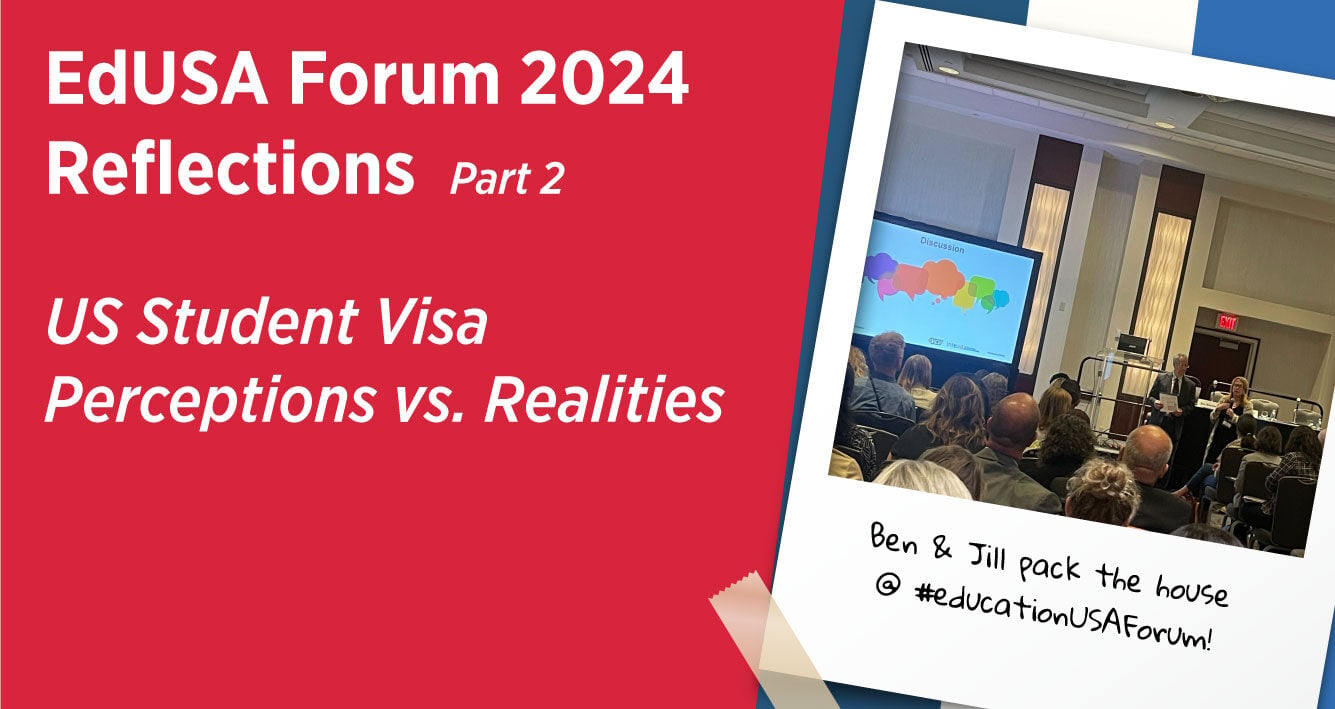All conversations lead to careers.
Disagree? Convince us otherwise. When prospective students ask about your top programs, they’re really inquiring about their career paths. Questions about student outcomes? They’re assessing their post-degree job prospects. Asking about your institution’s rankings? They are assessing how your degree will play on their CV as they apply for jobs. Calculating your institution’s ROI? All about grads’ salaries.
Look to our recent Know Your Neighborhood (KYN) survey where a full 84% of respondents view career advancement as their primary motivation for studying abroad. Over 99% will tell you this is also their family’s top reason pushing them forward. So, career opportunities matter – a whole lot.
Which begs the question: If prospective students are thinking about careers so much and you have a thoughtful, creative social media presence (you do, right?), then wouldn’t it make sense to weave LinkedIn, the top social media platform for the career-minded, into your marketing strategy? Especially when it comes to your graduate programs, alumni network, and adjacent target audiences like high school counselors or consulates. Turns out, LinkedIn could be a great place for your institution to connect with these audiences.
Opportunities to Meet the Intead Team
- NAFSA Region XI, Hartford, Connecticut, Oct. 27-29, 2024
- PIE Live North America, Boston, MA, Nov. 19-20, 2024
- AIRC, Seattle-Bellevue, Washington, Dec. 4-7, 2024
Bookmark this: Intead’s Resource Center
Access 800+ articles, slides, reports with relevant content on any topic important to enrollment management and student recruiting. Check it out.
The latest data from LinkedIn shows its network boasts over 1 billion registered users from 200 countries and regions worldwide. That said, per We Are Social, only 1 in 3 (or somewhere between 330 – 350 million) are active on a monthly basis. Still high, but less so. Within these data you can also find 136,000 schools listed. Yours is likely among them. Impressive numbers, though at some point these supersized stats feel a bit meaningless.
The following numbers may be more tangible for your recruitment work: 50.6% of LinkedIn users worldwide are between the ages of 25 and 34; 24.5% are 18 to 24 (Statista). Further, it’s the 4th most used social platform among our KYN respondents (prospective international students), falling in line behind #1 Facebook, #2 YouTube, and #3 Instagram. Perhaps the case for building a LinkedIn recruitment strategy is beginning to take shape.
Fact is, institutions like yours are increasingly using LinkedIn as a recruitment tool. Its professional focus and networking capabilities make it useful for connecting with career-oriented prospects, particularly those seeking higher degrees, as well as alumni who are arguably your ultimate word of mouth advocates. Not sure if you’re getting the most out of your institution’s account? We’ll tell you how. This post is a great read for those involved in the details of your social media execution as well as those trying to evaluate the value of the platform in your overall strategy. Be sure to forward it along. Read on…
Read More










